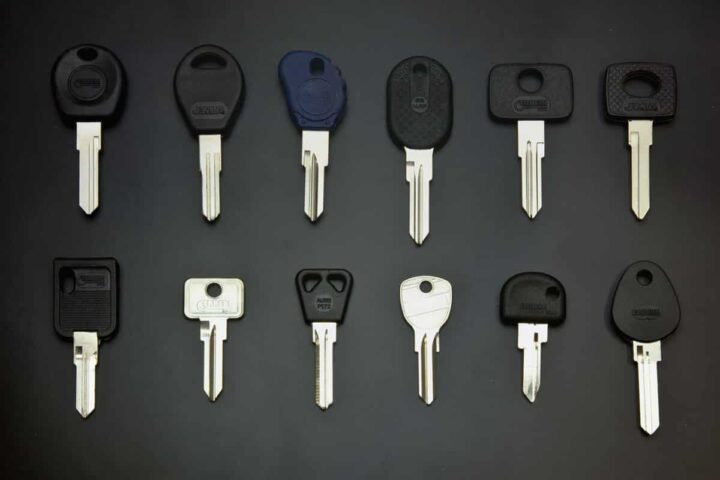In the realm of modern kitchen design, aluminium cabinets have emerged as a popular choice due to their sleek aesthetics, durability, and ease of maintenance. The installation process for these cabinets, however, requires careful consideration and precision to ensure a seamless outcome that enhances both the functionality and appearance of your kitchen space. In this comprehensive guide, we’ll delve into the intricate steps involved in Aluminium Kitchen Cabinets Installation, empowering you with the knowledge and confidence to undertake this project successfully.
Understanding Aluminium Kitchen Cabinets:
Before diving into the installation process, it’s essential to grasp the basics of aluminium kitchen cabinets. Unlike traditional wood cabinets, aluminium cabinets offer a range of advantages including resistance to moisture, heat, and corrosion, making them an ideal choice for the kitchen environment. Additionally, aluminium cabinets are lightweight yet sturdy, allowing for easy handling during installation.
Preparing for Installation:
Measurement and Planning:
Begin by meticulously measuring your kitchen space to determine the exact dimensions required for your aluminium cabinets. Consider factors such as wall height, width, and any obstructions such as pipes or electrical outlets. With accurate measurements in hand, sketch out a layout plan to visualize the placement of cabinets and ensure optimal functionality.
Selecting the Right Tools and Materials:
Gather the necessary tools and materials for the installation process. This may include a power drill, screws, screwdriver, spirit level, measuring tape, pencil, masking tape, and safety gear such as gloves and goggles. Additionally, ensure you have sufficient space to assemble and maneuver the cabinets during installation.
Installation Process:
Assembling the Cabinets:
If your aluminium cabinets arrive unassembled, carefully follow the manufacturer’s instructions to assemble each cabinet component. Take note of any specific guidelines or precautions to avoid damaging the aluminium finish during assembly.
Wall Preparation:
Before mounting the cabinets, prepare the walls by ensuring they are clean, dry, and free from any debris or protrusions. Use a spirit level to mark reference lines on the walls to guide the placement of cabinets and maintain alignment.
Mounting Upper Cabinets:
Start by installing the upper cabinets, as they typically require lifting and may be more accessible before base cabinets are in place. Begin with the corner cabinet and work outward, securing each cabinet to the wall studs using appropriate screws and wall anchors for added stability.
Installing Base Cabinets:
Once the upper cabinets are in place, proceed to install the base cabinets following the same method of securing them to the wall studs. Take care to ensure the cabinets are level and aligned with the upper cabinets to maintain a cohesive appearance.
Adjusting and Aligning:
After all cabinets are installed, use a spirit level to check for any discrepancies in alignment or tilt. Adjust the positioning of cabinets as needed to achieve a seamless fit and uniform appearance. Additionally, check that doors and drawers operate smoothly without any obstructions.
Finishing Touches:
Adding Cabinet Accessories:
Enhance the functionality and organization of your aluminium cabinets by incorporating accessories such as drawer dividers, pull-out racks, and lazy Susans. These accessories not only maximize storage space but also streamline daily kitchen activities.
Applying Sealant and Trim:
To further enhance the durability and aesthetic appeal of your aluminium cabinets, consider applying a sealant along the edges and seams. This helps prevent moisture penetration and maintains a clean, finished look. Additionally, install trim pieces along the cabinet edges for a polished appearance.
Maintenance and Care:
Regular Cleaning:
Maintain the pristine condition of your aluminium cabinets by regularly wiping them down with a damp cloth and mild detergent to remove any dust, grease, or stains. Avoid abrasive cleaners or scouring pads that may scratch or damage the aluminium surface.
Preventative Maintenance:
Periodically inspect the cabinet hinges, handles, and hardware for any signs of wear or looseness. Tighten screws or replace hardware as needed to ensure smooth operation and prolong the lifespan of your cabinets.
Conclusion:
Mastering the art of Aluminium Kitchen Cabinets Installation requires careful planning, precise execution, and attention to detail. By following the comprehensive guide outlined above, you can confidently embark on this project and transform your kitchen space with the sleek sophistication and durability of aluminium cabinets. Whether you’re a seasoned DIY enthusiast or a novice homeowner, the satisfaction of a beautifully installed kitchen awaits as you harness the versatility and elegance of aluminium cabinets.

































